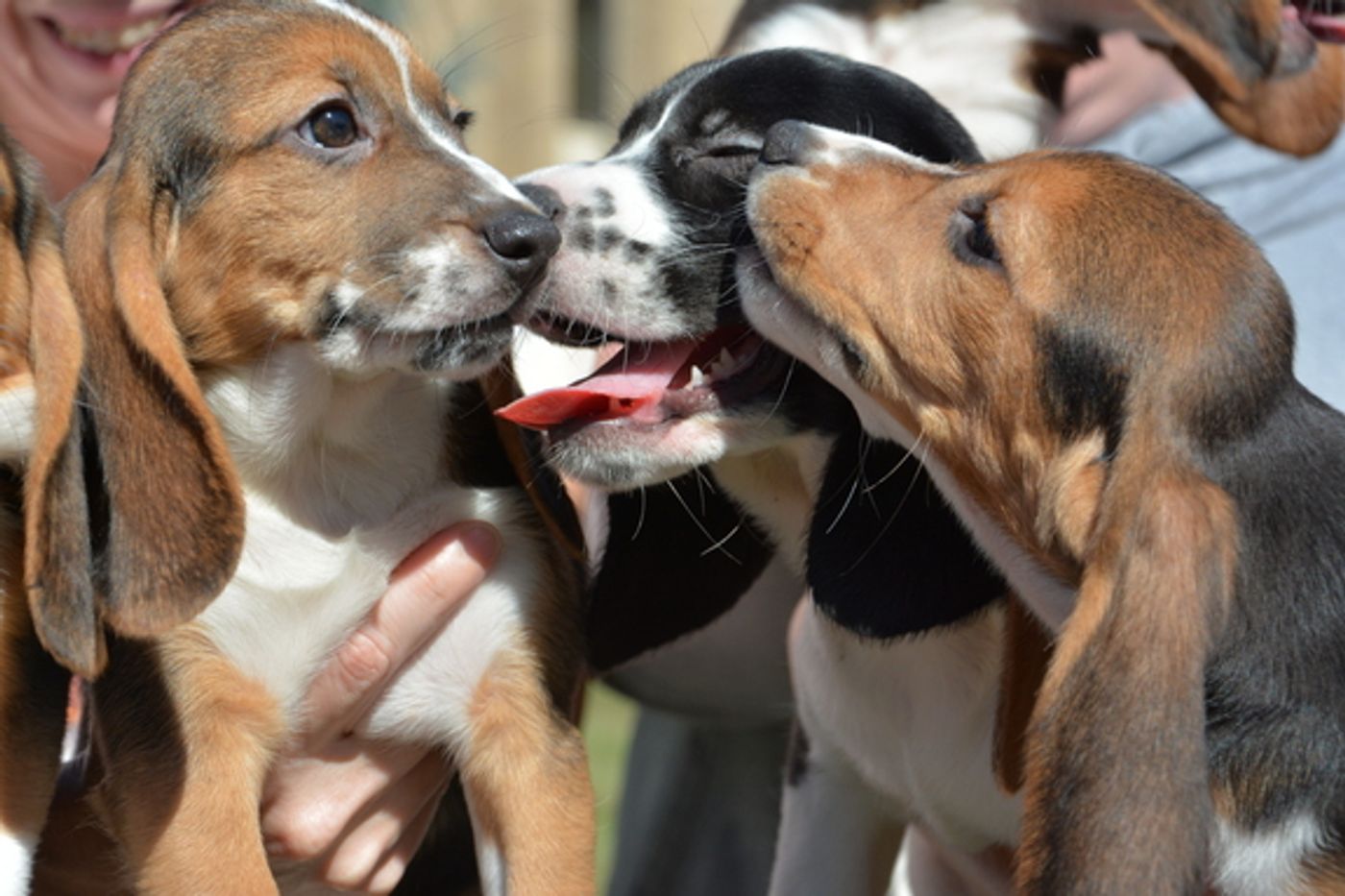Seven Puppies Are Born Via In Vitro Fertilization for the First Time
In vitro fertilization is a process where scientists join a sperm and and egg outside of the female’s body in a controlled environment to fertilize the egg and create an embryo, which is then inserted into the female’s body where the body will take on the rest of the challenges in helping the embryo grow.
Scientists have been considering in vitro fertilization as a way to preserve endangered species around the world when they simply refuse to reproduce with one another. One of the most recent species scientists had hoped to perform this on was the Sumatran White Rhino, which recently saw a decline from only four remaining to three when a female was euthanized after declining health. With that being said, it was a little too late.
Fortunately, in vitro fertilization can also be used for other species as well, and scientists from Cornell University have just successfully managed in vitro fertilization with some puppies for the first time in recorded history, unlocking a major new step in the science.

The process has been around since the 1970’s but it was limited to animals with easy-to-track reproductive systems. Dogs, unlike other mammals, are much more difficult to breed.
Dogs typically only get into the heat twice per year, which makes things more difficult for scientists because typically this kind of science only works when the female’s body is ready to allow a fertilized egg. Since the process happens only a couple times per year, it’s much more difficult to collect mature eggs and implant them into female dogs after they’ve been fertilized.
The female dog in this scenario was implanted with a total of 19 embryos created with in vitro fertilization, and has reportedly given birth to seven healthy puppies. The researchers say that with modern methods, they can achieve a fertilization rate with anywhere from 80-90% success.
“The reason for doing things like this is that it will lead to the preservation of species that are almost lost. Canid types - wolves, foxes - certain sub-species. There are many different types. They may not be facing extinction just yet but some are running into a crisis,” said Penn Vet's Casal, an associate professor of medical genetics, reproduction and pediatrics for dogs and cats.
The proof of concept shows that the process could also be helpful for smaller animals, including dogs, when widespread diseases and other threats to life occur.
Source: CBS News








